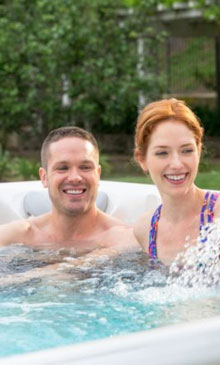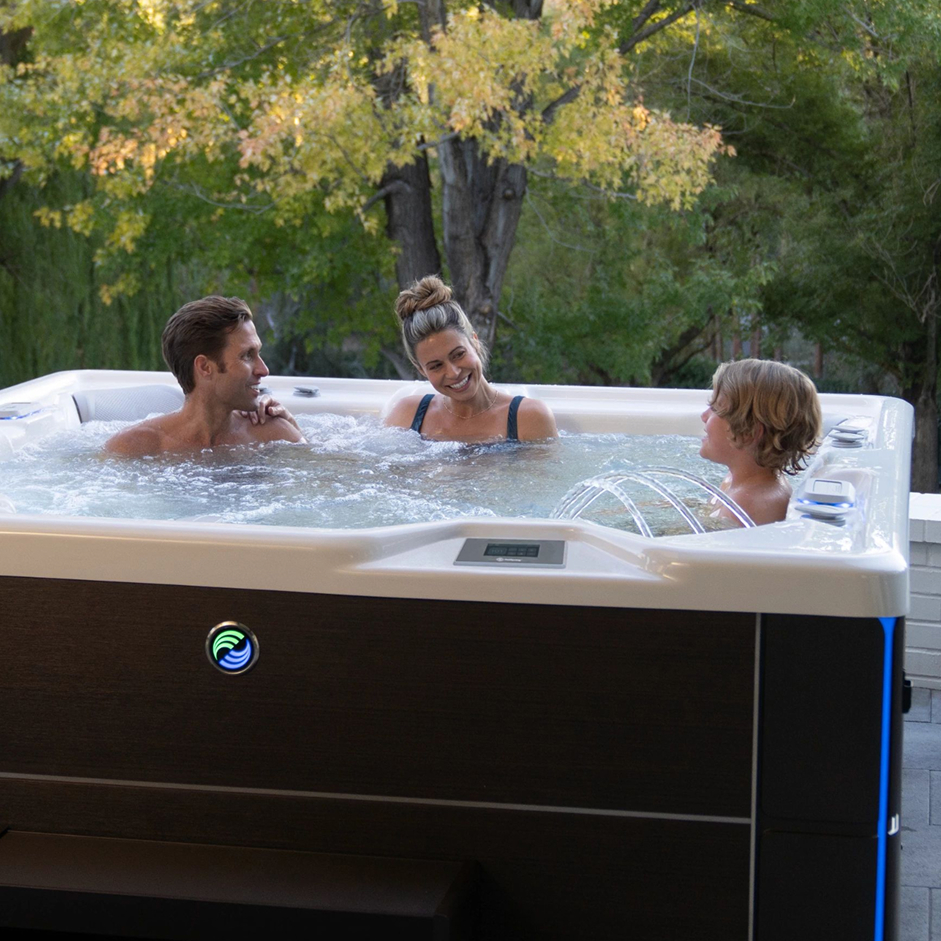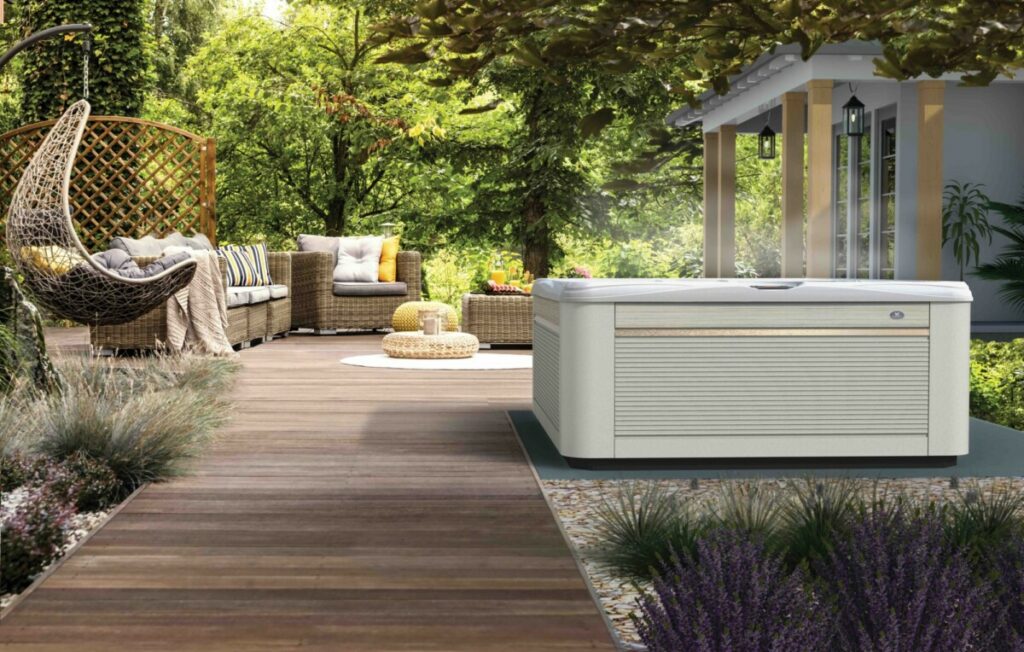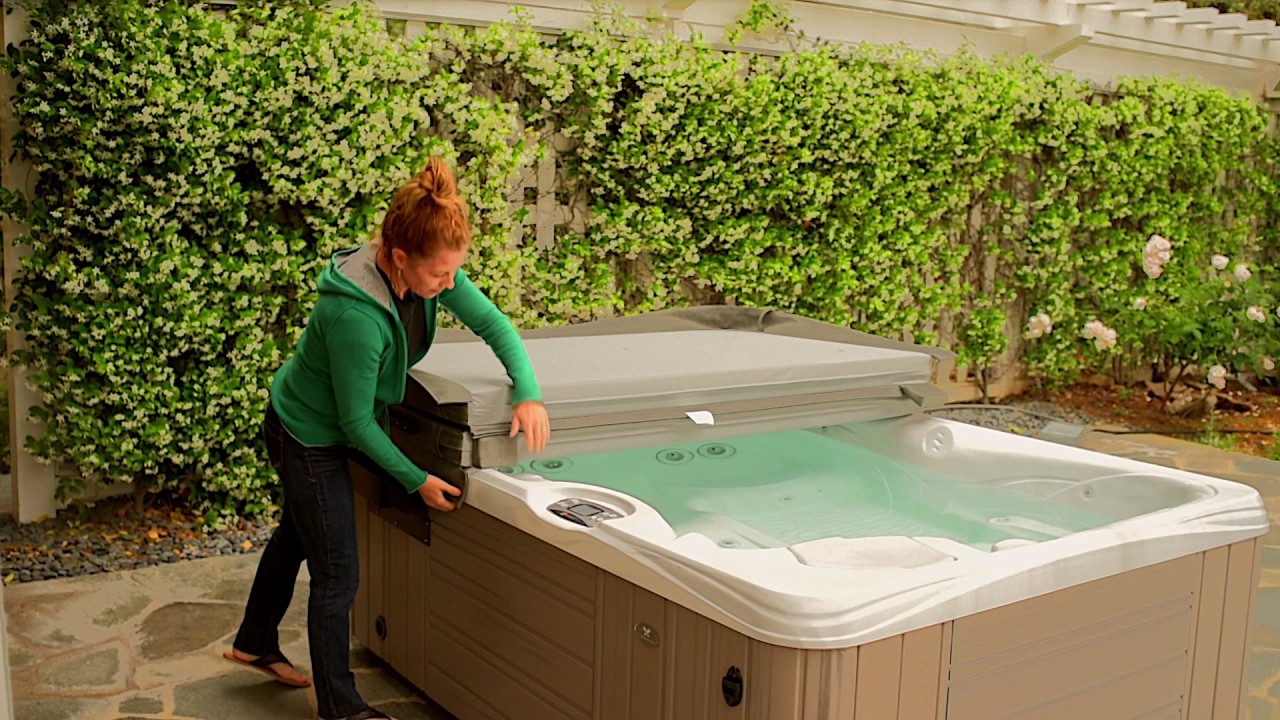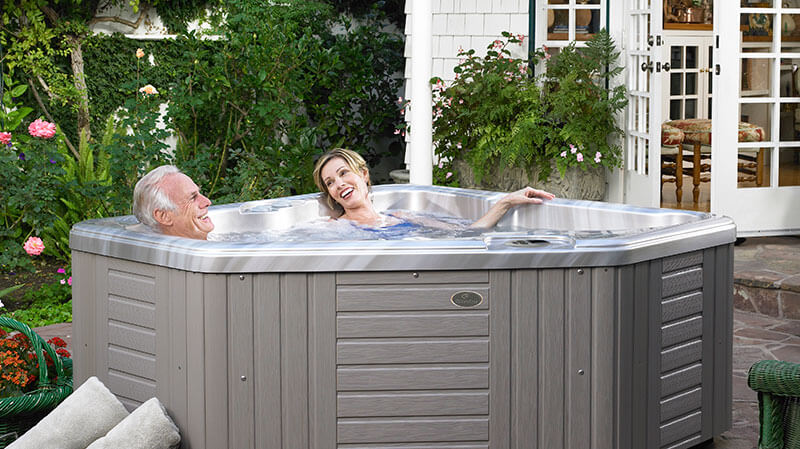
Purchasing a hot tub is more than just buying another home appliance—it’s investing in your health, relaxation, and overall lifestyle. The market offers countless options, from economy models to luxury spas with all the bells and whistles. But how do you know which hot tub will best meet your needs without breaking the bank in the long run?
This comprehensive guide will equip you with the essential questions to ask before purchasing a hot tub. By understanding key considerations like energy efficiency, quality construction, and maintenance requirements, you’ll be able to confidently navigate the purchasing process. The right hot tub should align with your lifestyle, space constraints, and long-term needs while avoiding the common pitfalls many first-time buyers encounter.
Assessing Your Needs and Space
Before examining specific hot tub models, it’s important to clarify what you want from your spa experience and where it will live.
Primary Uses
Different uses call for different features. If you’re seeking relaxation and stress relief, prioritize comfortable seating and quieter pumps. For hydrotherapy and pain management, focus on jet placement, power, and variety. Those planning to use the tub primarily for entertainment and social gatherings should consider larger models with enhanced lighting and audio features.
Size Considerations
Be realistic about your regular usage patterns. Small tubs accommodating 2-4 people are more energy-efficient and cost-effective for couples or small families. Medium tubs seating 4-6 people balance efficiency and occasional entertaining capabilities. Large tubs designed for 6-8 people can accommodate social gatherings but require more energy and maintenance, increasing long-term costs.
Placement and Site Preparation
Location significantly impacts installation requirements and ongoing costs. Indoor installations require proper ventilation, humidity control, and floor reinforcement to handle weight and moisture. Outdoor installations need a level, stable surface such as a concrete pad, reinforced deck, or specialized spa pad. The proximity to your house affects the convenience of use, especially in colder climates when you want to minimize exposure to the elements.
Proper site preparation is essential for longevity and performance. Allow at least 24 inches of clearance around all sides for service access. Ensure the chosen location can support the weight, as a filled hot tub can weigh between 3,000 and 6,000 pounds. When selecting a location, consider privacy from neighbors and protection from the elements.
Budget Considerations
The initial price tag of a hot tub is just the beginning of your investment. Understanding the total cost of ownership will help you make a financially sound decision.
Initial Purchase Price Ranges
Hot tub pricing generally falls into three tiers. Economy models range from $3,000 to $6,000 and offer basic features with lower insulation levels. Mid-range models priced between $6,000 and $10,000 provide better energy efficiency, more jets, and improved construction. Premium models costing $10,000 to $15,000+ feature top-tier insulation, advanced features, and premium materials designed for longevity and enhanced user experience.
Hidden Costs to Anticipate
Beyond the initial purchase price, budget for several additional expenses. Depending on access challenges and site preparation needs, delivery and installation can cost $300-1,000. Accessories like cover lifters ($150-400) and steps ($100-500) enhance safety and convenience. Water care system upgrades, such as salt systems or ozonators, range from $500-2,000 but can reduce ongoing chemical costs. Some localities also require permits for electrical work or outdoor structures, adding to initial expenses.
Long-Term Operational Expenses
Monthly expenses typically include electricity costs of $20-50, varying by climate, usage patterns, and the unit’s energy efficiency. Water and chemical treatments add another $15-30 monthly for maintaining safe, clean water. Filter replacements cost $50-100 every 1-2 years, while professional servicing runs $100-300 annually for preventative maintenance. Cover replacement becomes necessary every 5-7 years, costing $300-500 for quality models.
Quality and Construction
The structural integrity and component quality directly affect your hot tub’s longevity and performance. Understanding construction details helps you identify a spa that will stand the test of time.
Shell Materials and Durability
The shell is the foundation of your hot tub and directly impacts longevity. Acrylic shells are the most common and durable, offering excellent UV damage and chemical resistance. Thermoplastic options are lighter and less expensive but typically less durable over time. Budget-friendly rotomolded plastic shells provide adequate performance but offer less insulation and customization. When evaluating shells, ask about thickness and reinforcement methods—multiple layers of fiberglass backing provide superior structural strength for years of use.
Frame Construction
The frame supports your hot tub’s weight and maintains structural integrity. Pressure-treated wood frames offer a traditional construction method with good support, though they may deteriorate over time, especially in humid environments. Composite material frames resist moisture and rot, often with longer warranties reflecting their durability. Metal frames provide excellent structural integrity but may present corrosion concerns in certain climates or when exposed to chemicals. Ask manufacturers to detail their frame construction and materials.
Pump and Jet Quality
Performance and therapeutic benefits depend largely on pump and jet systems. When evaluating jets, remember that thoughtful placement and power matter more than quantity—a well-designed system with 30 jets may provide better therapy than one with 60 poorly placed jets. Stainless steel jets resist corrosion better than plastic alternatives. Pump power, measured in horsepower (HP), typically ranges from 2 to 5 HP, depending on tub size, with larger tubs requiring more powerful pumps. Energy-efficient models often feature low-wattage circulation pumps for filtration.
Filtration Systems
Effective filtration maintains water clarity and reduces chemical needs. Larger and multiple filters provide better water quality by capturing more contaminants. Programmable filtration cycles maximize efficiency while maintaining water quality. Consider filter accessibility—systems designed for easy access encourage regular cleaning and maintenance. Ask about filter replacement costs and intervals, as these represent an ongoing expense throughout ownership.
Features and Options
While core construction determines longevity, features and options enhance your everyday experience. Prioritize options that align with your primary usage goals.
Jet Types and Configurations
The therapeutic value of your hot tub largely depends on jet design and placement. Directional jets allow manual adjustment of water flow direction for personalized therapy. Rotational jets provide moving water patterns for varying massage intensity and coverage. Cluster jets deliver concentrated pressure for targeted therapy on specific muscle groups. The most effective hot tubs feature anatomically placed jets that target specific muscle groups rather than random placement. When testing models, pay attention to how jets feel against different parts of your body.
Seating Arrangements
Seating design significantly impacts comfort and therapeutic benefits. Lounge seats offer full-body recliners, which are excellent for comprehensive hydrotherapy. Therapy seats feature upright positions with targeted jet configurations for specific muscle groups. Cool-down seats with partial or no jets provide temperature regulation options during longer soaking sessions. Consider models with varying seat depths to accommodate users of different heights. During test soaks, ensure each primary user can comfortably reach jets and maintain proper posture.
Lighting Options
Modern lighting enhances both safety and ambiance. Energy-efficient LED lighting systems provide customizable colors and brightness levels. Perimeter lighting improves safety by illuminating the spa’s edges for nighttime use. Water features with integrated lights create ambiance and visual interest. While lighting may seem purely aesthetic, it significantly impacts your hot tub’s overall experience and usability, particularly for evening use.
Audio/Entertainment Systems
For those who value multimedia experiences, integrated entertainment systems enhance enjoyment. Bluetooth connectivity allows streaming music from your devices without cumbersome wires. Built-in waterproof speakers deliver quality sound designed specifically for spa environments. Some premium models include subwoofers for enhanced sound quality and a more immersive experience. Consider whether these features align with how you plan to use your hot tub.
Smart Controls and Connectivity
Advanced control systems improve convenience and efficiency. Smartphone apps enable remote temperature control and monitoring, even when away from home. Wi-Fi connectivity facilitates software updates and diagnostic capabilities that can prevent costly repairs. Programmable settings allow customized experiences for users with preset temperature and jet configurations. These features add convenience while potentially improving energy efficiency through more precise control.
Maintenance Requirements
Understanding basic maintenance needs before purchase helps you budget time and resources for keeping your hot tub in optimal condition. While we cover this topic in greater depth in our Hot Tub Maintenance Guide, here are the essentials to consider before buying.
Water Care Systems
Water treatment options vary in maintenance requirements and user experience. Traditional chlorine and bromine systems are effective but require regular testing and adjustment. Salt water systems convert salt to chlorine automatically, reducing chemical handling and providing gentler water. Modern options like ozonation and UV systems can significantly reduce chemical usage while maintaining water quality. Each system has different upfront and ongoing costs; discuss these tradeoffs with dealers.
Regular Maintenance Overview
Proper hot tub care involves several routine tasks. Plan for regular water testing (2-3 times weekly), filter cleaning (every 2-4 weeks), and complete water changes every 3-4 months. Shell, cover, and jet cleaning are also necessary to prevent biofilm buildup and prolong equipment life. Most filters need replacement every 1-2 years, with costs ranging from $20 to $120, depending on the model and quality.
Bringing Your Hot Tub Dreams to Life with Delaware Hot Tub Company
Purchasing a hot tub is a significant investment that requires careful consideration of multiple factors. By asking the right questions, you’ll be well-equipped to choose a model that provides years of enjoyment without unexpected costs or disappointments.
Remember that the lowest initial price rarely represents the best long-term value. Energy-efficient models with quality components often pay for themselves through lower operating costs and reduced maintenance issues.
Similarly, choosing the right dealer matters almost as much as choosing the right hot tub. That’s where Delaware Hot Tub Company comes in! Visit our Lewes or Millsboro showrooms today to let our expert staff help you choose the best hot tub for you and your family.

